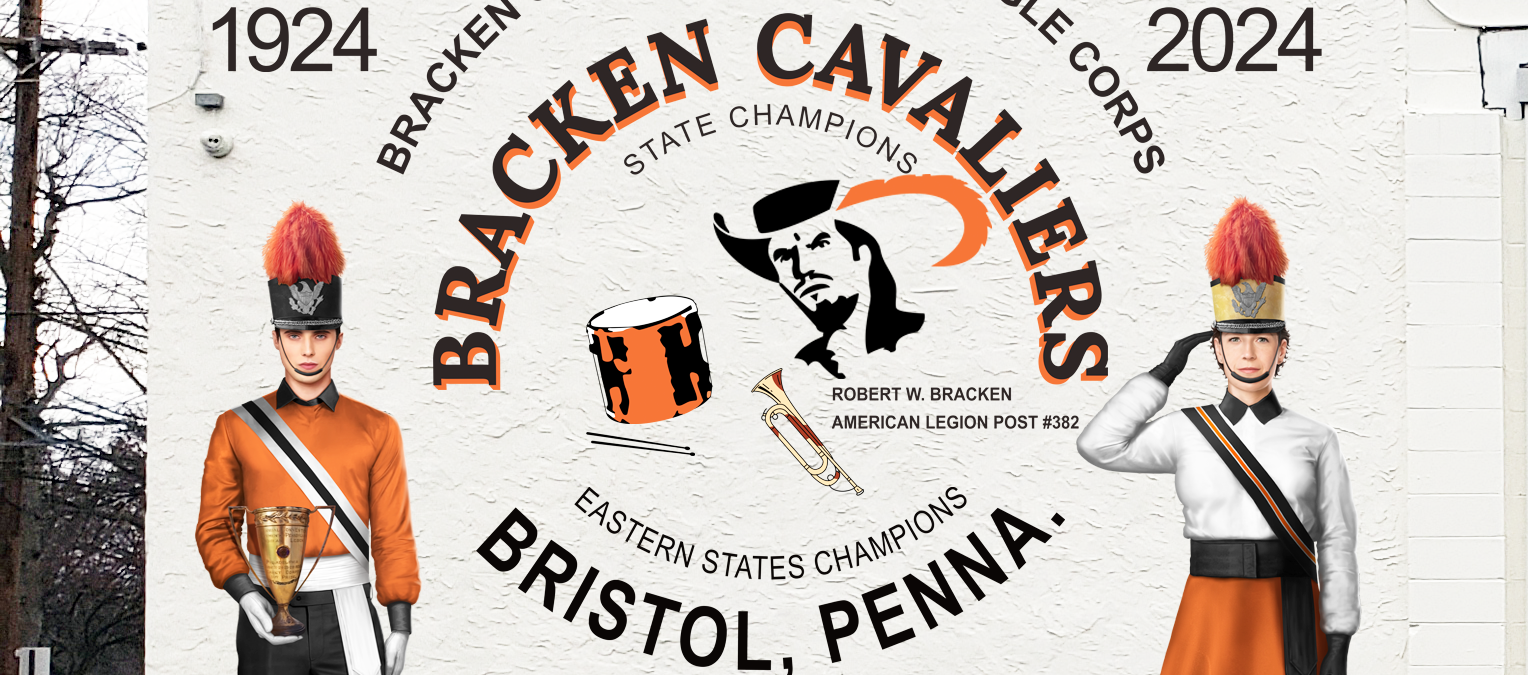Estimated reading time: 5 minutes
Table of contents
- Laying the Foundation: Understanding User Needs
- Building the Bridge: Visual References and Inspiration
- Mood Board Magic: Bringing Inspiration Together
- From Inspiration to Action: Digital Rendering of a Mural
- The Benefits of a Visual Approach
- Crafting a Compelling Mural Design
- Finally We are Here to Help!
- Related Links
In the world of mural design and experience crafting a compelling user digital rendering is about more than just aesthetics. It’s about translating a user’s needs and desires into a seamless and intuitive experience. But how do you bridge the gap between a nascent idea and a fully realized digital product? This is where visual references, mood boards, and digital rendering come into play.
Laying the Foundation: Understanding User Needs
The journey begins with a deep understanding of your target user. Through user research techniques like interviews, surveys, and testing, you gather valuable information about their pain points, goals, and expectations. This knowledge should inform every aspect of your design process.
Building the Bridge: Visual References and Inspiration
Once you have a firm grasp on user needs, it’s time to start brainstorming visual possibilities. This is where the power of visual references comes in. Scour the internet, design blogs, and even physical spaces for images that resonate with the project’s overall goal. These references can include anything from existing visual designs to photographs that capture the desired mood and atmosphere.
The key lies in not just collecting pretty pictures but in actively analyzing them. Identify elements like color palettes, typography choices, layout structures, and visual metaphors. Consider how these elements evoke emotions and contribute to the overall user experience.
Mood Board Magic: Bringing Inspiration Together
With a collection of inspiring visuals, it’s time to create a mood board. This is a curated collage of elements that visually represent the direction you want the design design to take. There’s no single “right” way to create a mood board. You can use physical materials like cutouts from magazines or create a digital board using design software.
What Should your Mood Board Include?
Color Palette
- Dominant and secondary colors that set the tone for the mural.
Typography
- Fonts that complement the overall style and brand identity if needed.
Imagery
- Photographs or illustrations that depict the intended mural.
Texture
- Visual textures that evoke a sense of touch and depth.
Visual Elements
- Examples of legends, QR Codes, and other interface components.
A well-crafted mood board serves as a powerful communication tool. It allows you to share your vision with stakeholders, clients, and your design team. It fosters a shared understanding of the desired aesthetic direction and helps to keep everyone on the same page.
From Inspiration to Action: Digital Rendering of a Mural
Now that you have a clear visual direction, it’s time to start building the digital representation of your mural. This comes in the form of a digital rendering, which is a high-fidelity mock-up of the final product.
Digital rendering tools like Photoshop, GIMP or Canva allow you to translate the elements from your mood board into a functional prototype. Here, you can experiment with structures, composition, colors and elements.
The beauty of digital rendering is that it’s an iterative process. You can make quick and easy changes to the design based on feedback from participants and internal discussions. This allows you to refine the design and ensure it meets the needs of your target audience and crafts a compelling mural design.
The Benefits of a Visual Approach
So why invest time and effort into visual references, mood boards, and digital rendering? The benefits are numerous:
Improved Communication
- A clear visual language helps to bridge communication gaps within the design team and with stakeholders.
Enhanced Empathy
- Visuals allow you to step into the user’s shoes and see the mural from their perspective.
Streamlined Design Process
- Having a visual roadmap reduces the time spent on guesswork and back-and-forth revisions.
Informed Design Decisions
- Data-driven decisions can be made by reviewing the design with users, leading to a more effective rendering.
Crafting a Compelling Mural Design
By leveraging the power of visual references, mood boards, and digital rendering, we can bridge the gap between a nascent idea and a fully realized digital experience leading the perfect mural rendering. This visual storytelling approach fosters a collaborative environment and ensures that the final product resonates with the needs and aspirations of its users. So the next time you embark on a mural design project, remember the power of the visual narrative. It can be the key to creating a digital rendering that is not only functional but also visually captivating and emotionally engaging.
Finally We are Here to Help!
Taking your vision beyond the screen and into the real world? Dubus Studio can help! We specialize in crafting captivating murals that not only enhance physical spaces but also tell powerful stories. Our team of passionate artists will work closely with you to translate your mood board and digital renderings into a stunning, large-scale mural that resonates with your target audience. Let Dubus Studio breathe life into your vision and create a lasting impact that transcends the digital sphere.
Related Links
Looking to Bring the Magic of Storytelling to Your Own Space?
- Turn your vision into reality!
- Let’s discuss how a collaborative mural project can inspire your community.
- Discover the benefits of a mural creation and contact me today for a free consultation!


